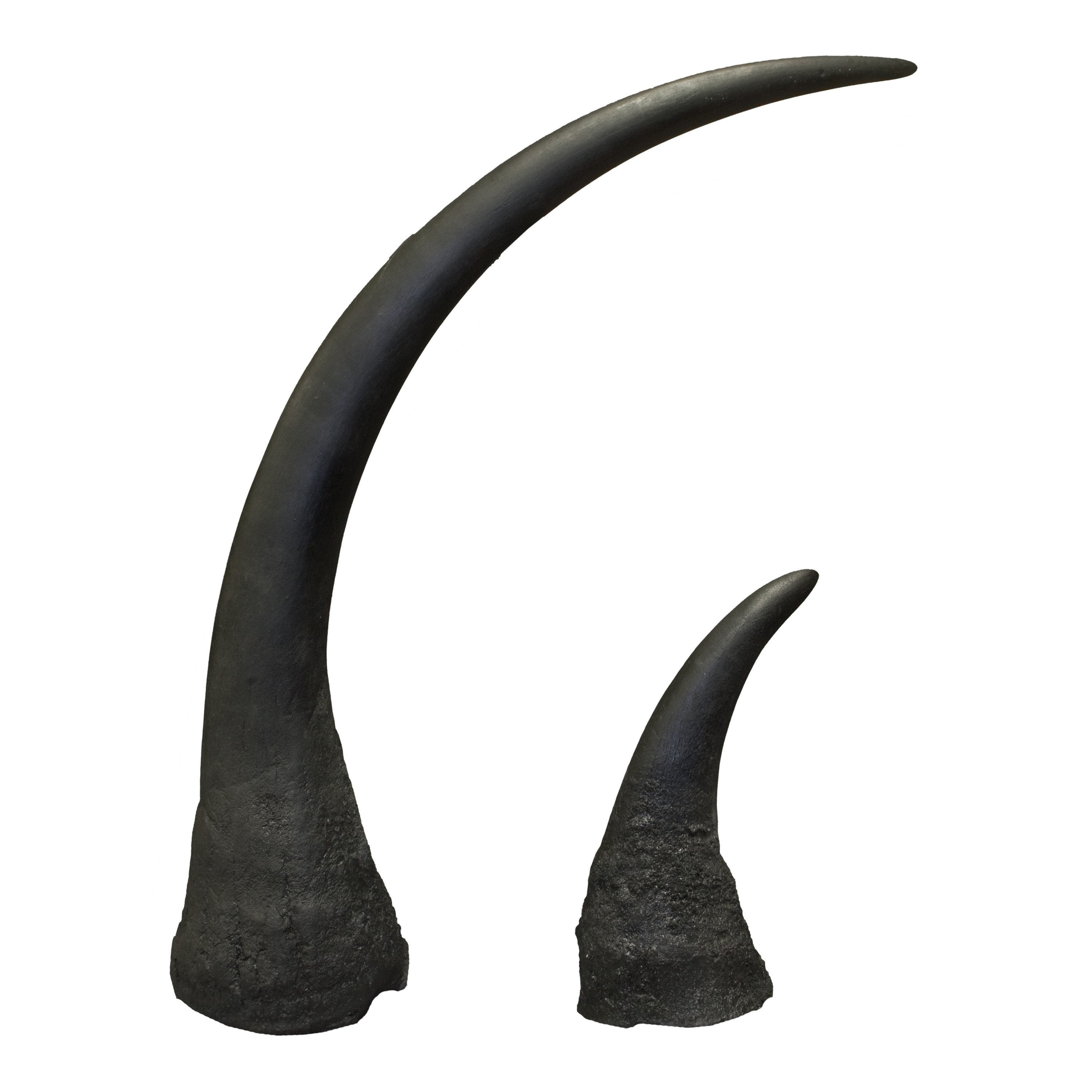

They examined the brain of a male Black Rhino and that of a female White Rhino and made some interesting observations. Recently, scientists at South Africa’s University of the Witwatersrand have begun to fill the gap in our knowledge about rhino brains. Poaching has since declined, but this is more a consequence of fewer rhinos in places like the Kruger National Park and the challenge of finding them. In 2014 global rhino deaths at the hands of poachers rose to almost 1,400-nearly 90 percent of them in South Africa. The Southern White Rhino has been particularly hard hit. But from 2008, South Africa, by then home to 85 percent of all rhinos worldwide, came increasingly under siege owing to a renewed and expanding market for rhino horn, predominantly in Asia.


During this time, the Northern White Rhino also suffered greatly and is now extinct in the wild.Ī short respite ensued. From 1970 to the mid-1990s, Black Rhinos were nearly wiped out due to the sudden, huge demand for horns to fashion traditional dagger handles in the Middle East. Any respite, however, proved short-lived. This was followed by waves of intensive poaching to supply a highly lucrative, illegal, and unsustainable demand for their horn.īy the latter decades of the 20th century, the tide had turned in southern Africa and India. First came a seemingly insatiable desire to shoot them for sport, especially before and during colonial times. In a few short decades at the end of the 1800s and into the 1900s, human population growth, expanding settlements, mining, and the conversion of vast swathes of land for crops and livestock had taken a dreadful toll on all wildlife.


 0 kommentar(er)
0 kommentar(er)
